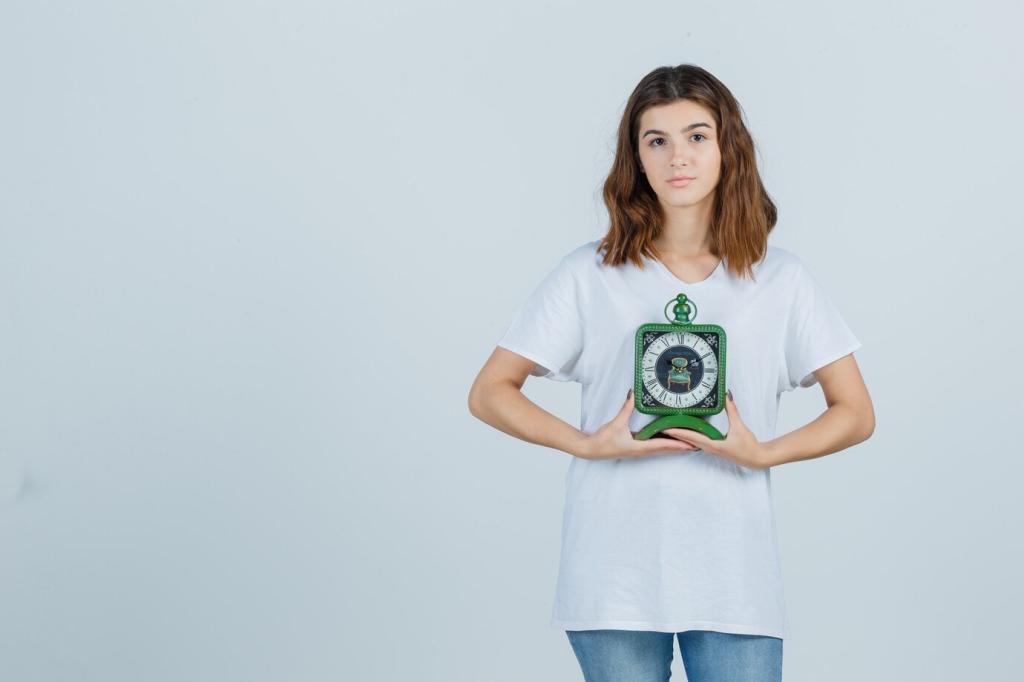
Emerging Technologies in Sustainable Fashion
The world of fashion is undergoing a significant transformation as the industry seeks to address its environmental impact while adapting to changing consumer expectations. Emerging technologies are at the forefront of this shift, enabling new methods of design, production, distribution, and lifecycle management that prioritize sustainability without sacrificing style or quality. This page explores the innovative technological advancements shaping the sustainable fashion landscape, offering insights into how brands and consumers alike can participate in a greener future for clothing.
Smart Textiles and Materials Innovation
Bioengineered Fibers
Bioengineered fibers, developed using living organisms or biotechnology processes, offer alternatives to conventional textiles like cotton or polyester. These fibers can replicate the desirable qualities of natural fabrics while minimizing water usage, pesticide application, and carbon emissions. By engineering proteins or modifying plant-based fibers, science enables the creation of customizable, biodegradable, and renewable materials. These innovations reduce the dependence on resource-intensive agriculture and petroleum-based synthetics.


Recycled and Upcycled Materials
The integration of recycled and upcycled materials in fashion is a key strategy for reducing waste and conserving resources. Advanced sorting, processing, and manufacturing technologies allow previously discarded textiles, plastics, and even ocean waste to be transformed into high-quality yarns and fabrics. These materials not only help divert waste from landfills but also inspire new aesthetics, textures, and narratives in fashion design, encouraging circular economy principles.
Previous
Next
3D Printing and On-Demand Manufacturing
Using advanced body scanning and digital modeling, 3D printing technology allows for clothing and accessories to be created to exact customer measurements. This minimizes the need for alterations and reduces returns, which contributes to less textile waste. With garments produced on-demand, brands can eliminate unsold inventory and optimize resource efficiency, paving the way for a more sustainable approach to fashion consumption.
Digital Design and Virtual Prototyping
Virtual sampling technology enables designers to create and review life-like garment simulations before any fabric is cut or sewn. By visualizing styles, fits, and patterns digitally, brands can make faster decisions and significantly reduce the number of physical prototypes required. This not only saves fabric and energy but also cuts down lead times from concept to production, making design processes more efficient and sustainable.
Artificial Intelligence and Data Analytics
Demand Forecasting
AI-driven demand forecasting analyzes massive datasets from consumer behavior, social trends, and sales histories to predict what products are likely to be popular. This lets brands align production with actual demand, reducing the traditional problem of overproduction, which leads to excess inventory and waste. Such optimization is essential for minimizing both financial losses and environmental impacts.
Sustainable Sourcing Intelligence
Data analytics platforms can assess the sustainability credentials of suppliers, materials, and production processes. Through integrated databases, brands gain transparency into raw material origins, labor conditions, and environmental practices. This supports informed decision-making and helps companies comply with ethical and sustainability standards while improving supply chain efficiency.
Automated Quality Control
Machine learning and AI-powered imaging systems are revolutionizing quality control by detecting defects early in the production process. Automated systems provide accurate, real-time evaluations of fabrics and finished goods. By swiftly identifying flaws, companies can reduce waste from rejections and recalls, ensuring only high-quality, durable goods reach consumers.
Blockchain for Transparency and Traceability
Blockchain creates permanent digital records for each item, allowing consumers to verify authenticity, history, and ownership. This combats counterfeiting and builds trust in sustainable claims by making it easy to access product origins and certifications through secure, tamper-proof records.


Robotics and Automation in Garment Production
State-of-the-art robotic arms and computer-controlled cutting machines ensure that textile pieces are cut with maximum efficiency and minimal fabric waste. Automated sewing machines can handle repetitive or complex stitching tasks consistently, helping to reduce production time, error rates, and leftover materials. This efficiency benefits both the environment and the bottom line.

